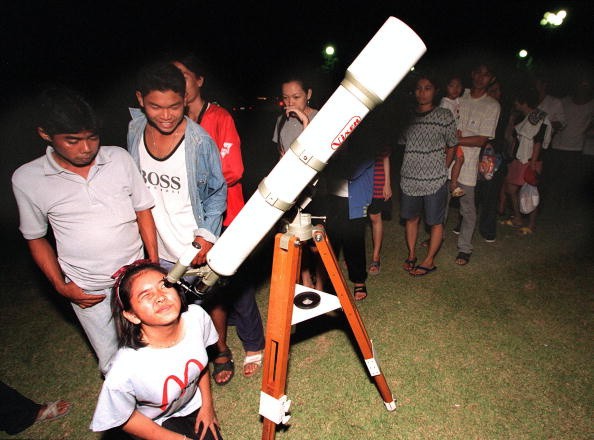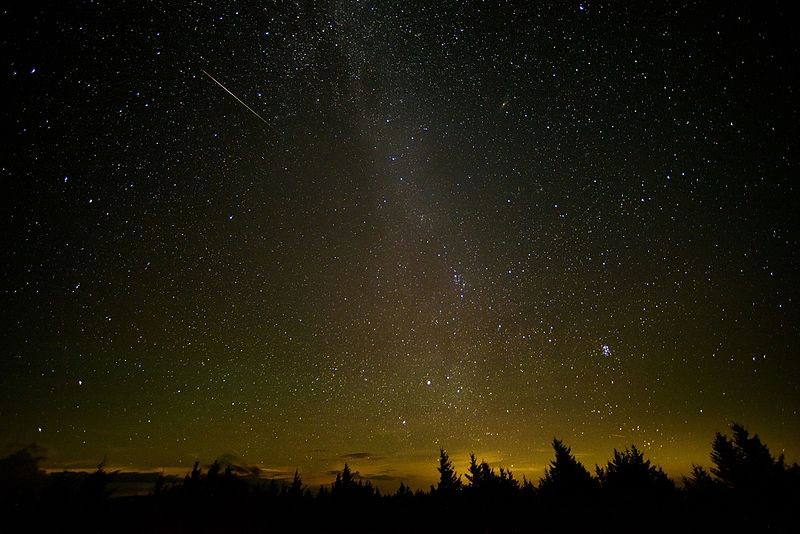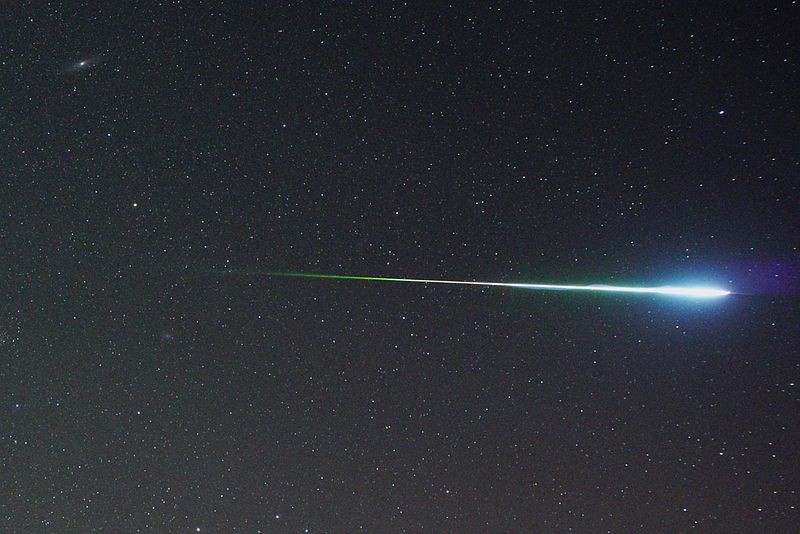Residents in Pittsburgh were left puzzled when the sound of a distant explosion resonated high in the sky, puzzling them as the harmless boom rang out.

Starting the New Year with a Bang
At 11 a.m. NOAA's GOES-16 weather satellite detected lightning above southeastern Pennsylvania around 1 p.m. EST on Saturday, January 1, but there were no thunderstorms in the region to cause a lightning flash. People in the area reported a loud boom at the exact moment, which was captured up by several home security cameras.
Had it happened 12 hours earlier, the explosion may have been confused with fireworks being set off prematurely before the start of 2022. Still, experts at NASA and NOAA think that the sound did not originate from people.
After reviewing all of the data, NASA decided that the explosion was caused by a meteor approximately three feet broad and "with a mass close to half a ton" bursting when it reached Earth's atmosphere.
Cause

According to NASA, the meteor was moving at roughly 45,000 mph when it detonated with the energy of 30 tons of TNT.
With no clouds, the fireball would have been visible in the daylight sky, NASA said, adding that it would have been roughly 100 times brighter than a full moon in the same light spectrum."
Whether any bits of the space rock made it to Earth is unknown, although they would most likely be southwest of Pittsburgh if they did. The sonic boom has caused no damage or injuries, according to reports.
The loud explosion heard over SW PA earlier may have been a meteor explosion. This GOES-16 GLM Total Optical Energy product shows a flash that was not associated with lightning. No confirmation, but this is the most likely explanation at this time. pic.twitter.com/ArtHCEA1RT
— NWS Pittsburgh (@NWSPittsburgh) January 1, 2022
Meteor outbursts, such as the one on New Year's Day, are uncommon but not unheard of. In mid-September, a similar incident was recorded over West Virginia when a meteor erupted over the region.
A meteorite slammed into the house of a lady in Golden, British Columbia, on Sunday, October 3, 2021, waking her up. Just inches from where she was lying, the softball-sized rock came to rest in her bed.
Meteors
People can register a report with the American Meteor Society if they see a brilliant meteor, sometimes known as a fireball. In what is known as a "once in a lifetime occurrence," fireballs do not necessarily accompany a sonic boom, but they can light up the whole sky for a few seconds.
Meteor Shower

When a meteor shower occurs, a group of meteors is seen radiating or originating from a single location in the night sky. These meteors are created by streams of cosmic debris called meteoroids entering Earth's atmosphere at extraordinarily high speeds on parallel courses. Most meteors are tiny than a grain of sand; thus, virtually all of them disintegrate and never impact the Earth's surface. Very violent or uncommon meteor showers are known as meteor outbursts and meteor storms, which emit at least 1,000 meteors an hour, most notably from the Leonids.
The Meteor Data Centre includes over 900 possible meteor showers, of which roughly 100 are adequately documented. Several groups highlight watching options on the Internet. NASA offers a daily map of active meteor showers.
For more Space news, don't forget to follow Nature World News!
© 2025 NatureWorldNews.com All rights reserved. Do not reproduce without permission.





